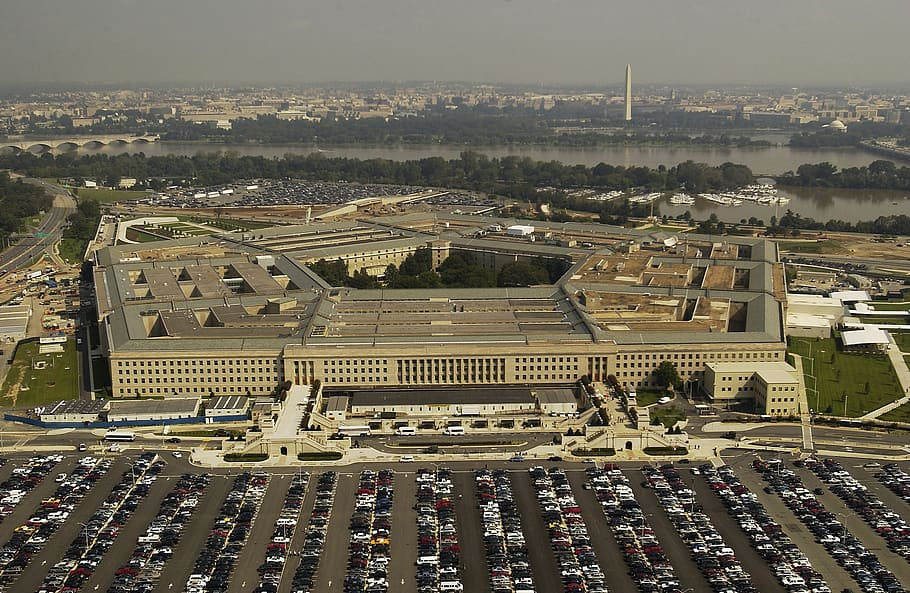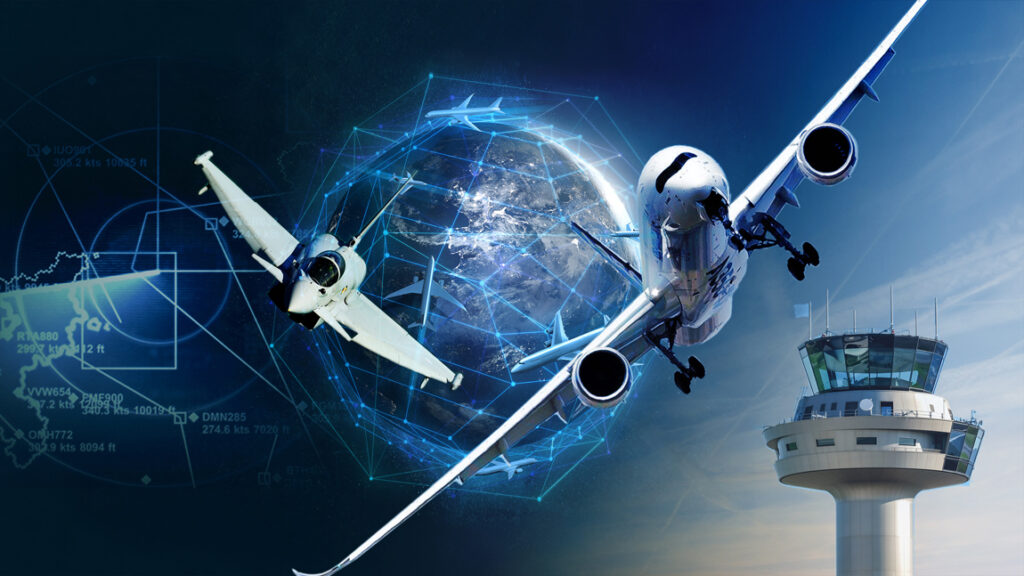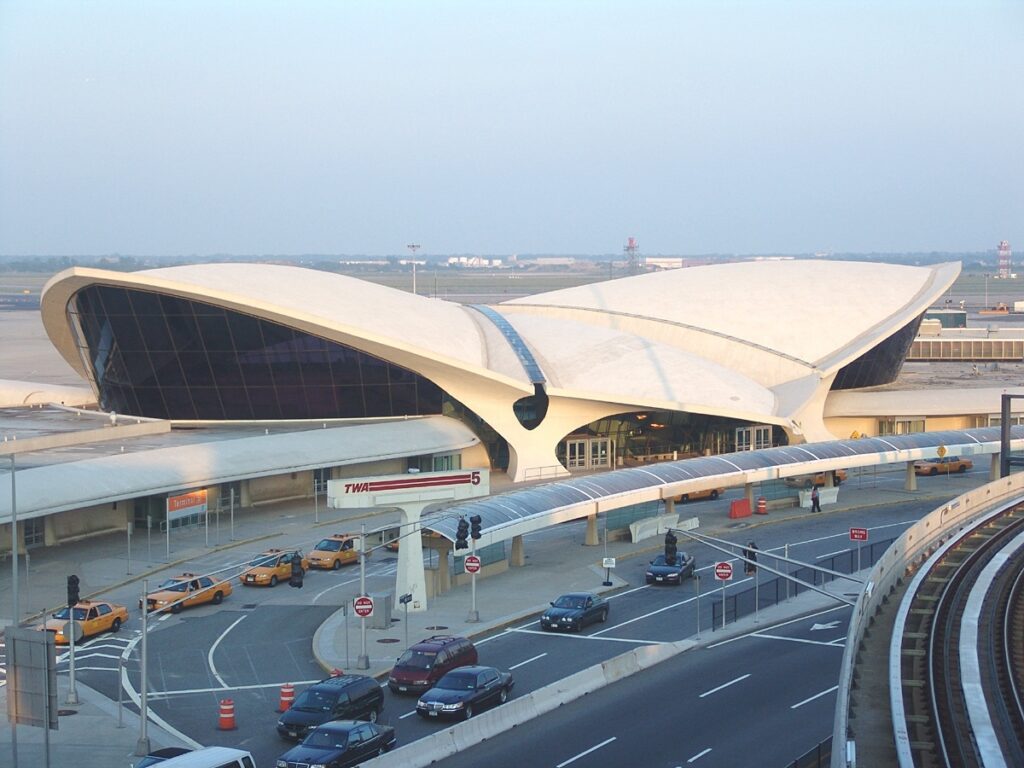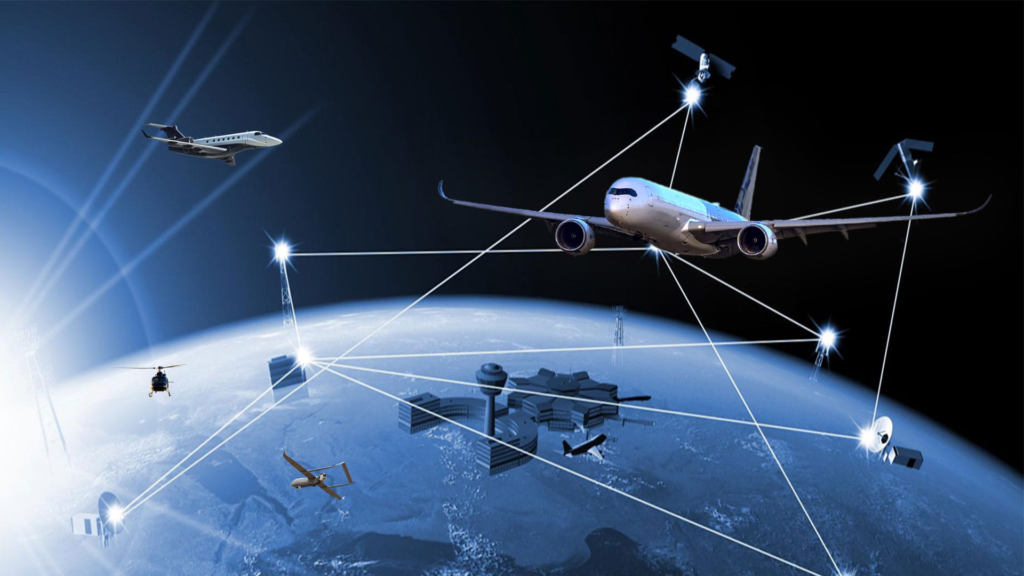WASHINGTON- Artificial intelligence (AI) is set to play a crucial role in safeguarding the skies over Washington, DC, as the Pentagon has announced a $100 million investment in a state-of-the-art AI-powered airspace monitoring system.
According to defense officials, this decision follows the successful conclusion of an 18-month prototype demonstration.

Pentagon Airspace Monitoring System
The newly developed system serves as an advanced surveillance, identification, and tracking solution aimed at ensuring the security of the controlled airspace in the vicinity of Washington, DC.
Lt. Col. Kurtis Engelson, an official from the US Air Force and a materiel leader for the National Capital Region-Integrated Air Defense System, highlights the cutting-edge nature of this initiative.
The management of the Washington, DC, air defense system is under the purview of the North American Aerospace Defense Command (NORAD), headquartered in Colorado.

Teleidoscope system
Teleidoscope, a Los Angeles-based company specializing in visual tracking software for moving objects, has developed a new AI-powered system.
As stated on their website, the company’s expertise is creating solutions to automatically track various moving entities, such as unmanned aerial vehicles (UAVs), individuals, and vehicles.
Deployment of the innovative Teleidoscope system is scheduled to commence by the end of 2023, as confirmed by the Pentagon.
While AI agents are not designed to operate autonomously, they can serve as a valuable aid to human operators by drawing attention to objects that might otherwise go unnoticed.
According to Teleidoscope, the AI system is intended to complement human efforts and has the potential to enhance operational efficiency by highlighting objects that might elude human perception.
The Pentagon asserts that this AI system will deliver a substantial performance enhancement, offering a tenfold increase in capabilities compared to the existing airspace monitoring platform implemented after the September 11, 2001, terrorist attacks.

What’s New?
The advancements incorporated into the new system encompass improved camera technology and the utilization of eye-safe lasers, which are employed for both tracking and visually alerting aircraft that violate specialized airspace restrictions in proximity to the US capital.
“The updates bring about a notable enhancement in the capability of air-defense operators to effectively ascertain the identity of aircraft and deploy warning lasers over significantly greater distances,” states Engelson.
Engelson further explains that the laser-warning technique serves as a rapid communication method for airspace monitors to establish contact with pilots in cases where radio communication attempts prove ineffective.
The US Defense Innovation Unit (DIU), tasked with adapting commercially available products and technologies for military purposes, envisions the potential adaptation of airspace monitoring technology to safeguard the airspace above smaller military assets, such as air bases or naval vessels.
Nick Ksiazek, the DIU program manager overseeing the initiative, emphasizes that the technology holds broad applicability in national defense contexts.
It can defend against various threats, including asymmetric and near-peer challenges like unmanned aerial systems and cruise missiles.
Stay tuned with us. Further, follow us on social media for the latest updates.
Join us on Telegram Group for the Latest Aviation Updates. Subsequently, follow us on Google News.

